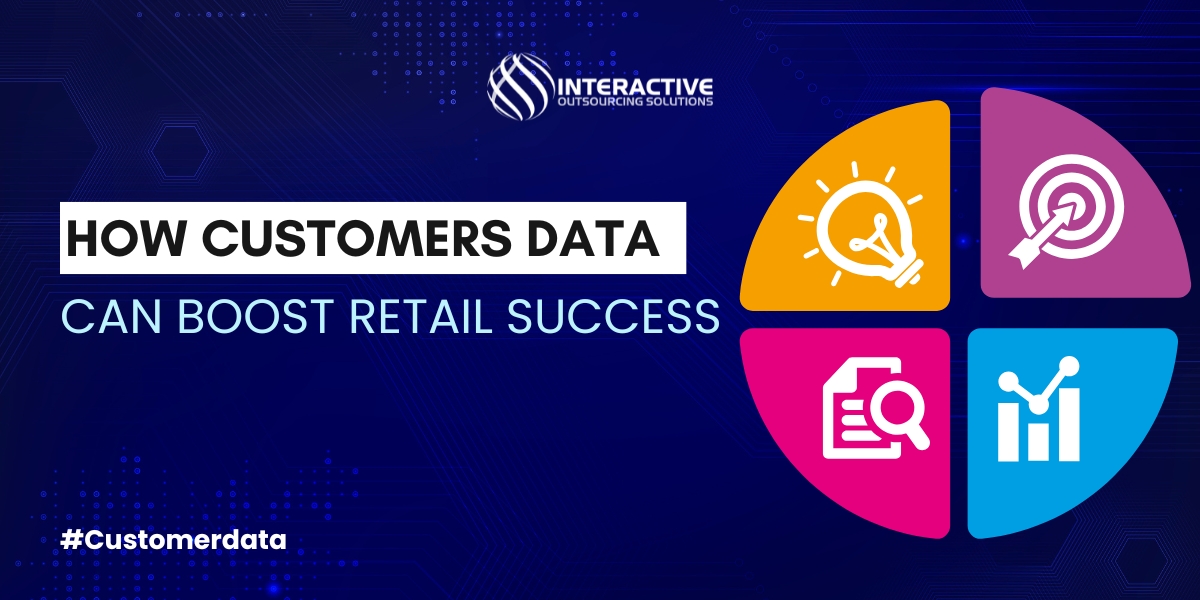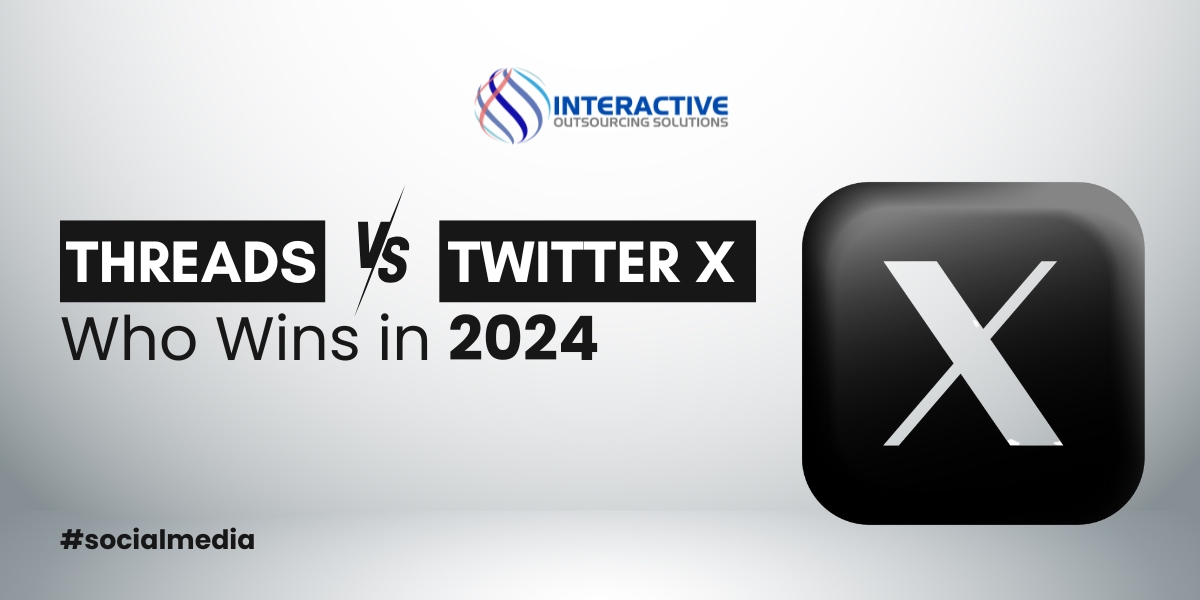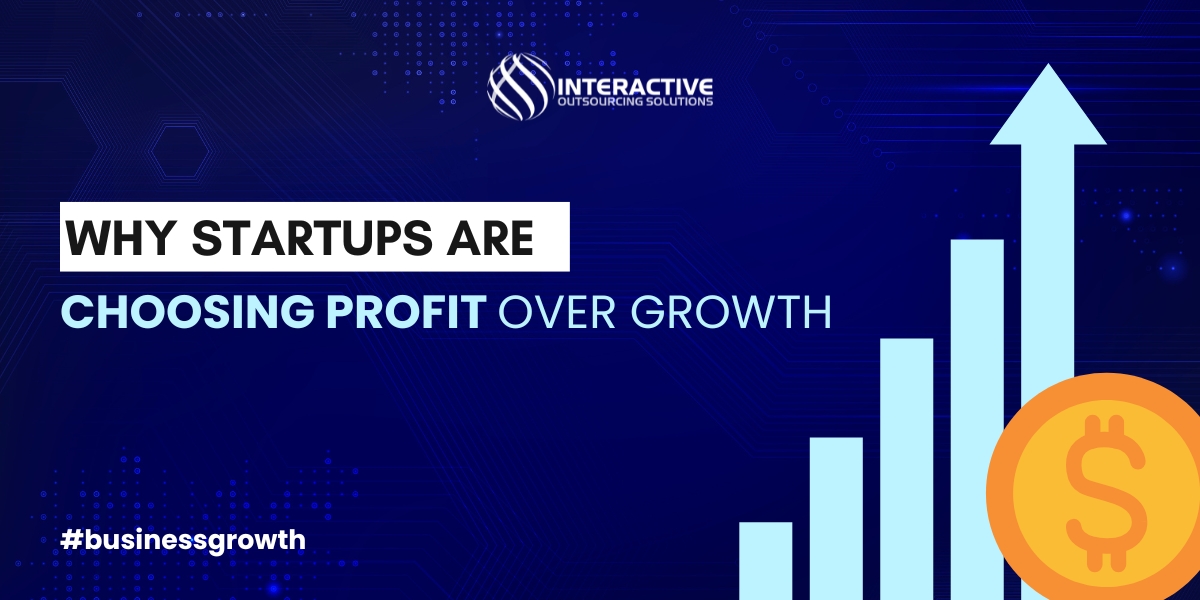Share
- What is Retail Data Analytics?
- Why Retail Data Analytics Matters?
- Key Retail Analytics Use Cases
- 1. Customer Behavior Analysis: Understanding What Shoppers Want
- 2. Inventory and Supply Chain Optimization: Preventing Stockouts & Overstocking
- 3. Pricing and Promotions: Smart Discounts & Dynamic Pricing
- 4. Fraud Detection & Loss Prevention: Spotting Anomalies Before They Cost You
- 5. Store Performance & Sales Forecasting: Predicting Revenue & Future Trends
- Final Thoughts
Retail data analytics is changing the game for businesses, helping them make smarter decisions based on real customer insights. In retail, trends shift fast, what’s popular today might be outdated tomorrow.
That’s why using data to understand shoppers, manage inventory, and set the right prices can give businesses a serious edge. With the right retail business analytics, you can spot patterns, predict demand, and personalize marketing, all of which help boost sales and improve customer experience.
In this article, we’ll break down retail analytics use cases and how you can use retail data analysis to grow your business.
What is Retail Data Analytics?
Imagine you own a retail store, whether it’s online or a physical shop. Every day, customers walk in, browse products, and make purchases. Some items fly off the shelves, while others just sit there.
You notice patterns, weekends are busier, certain products sell better during holidays, and some customers keep coming back. But instead of relying on guesswork, what if you had a way to track and analyze all this information to make better decisions? That’s where retail data analytics comes in.
Retail data analytics is all about using real numbers, customer behavior, sales trends, and operational insights, to make smarter business moves. Instead of guessing what will sell next season, you can predict it. Instead of overstocking items that won’t move, you can manage your inventory. With retail industry data analysis, businesses can spot trends, understand customer preferences, and even fine-tune pricing strategies.
Why Retail Data Analytics Matters?
Successful retailers don’t just rely on instinct, they use data to stay ahead. Retail business analytics can help in several ways:
- Better Inventory Management: Retailers can predict demand and adjust stock levels accordingly, reducing waste and avoiding shortages.
- Smarter Pricing Strategies: Data-driven insights help set competitive prices that attract customers while maximizing profits.
- Personalized Marketing: By analyzing shopping habits, businesses can tailor promotions and recommendations to specific customers.
- Operational Efficiency: Retail data analysis can recognize gaps in the supply chain, helping businesses cut costs and streamline processes.
From global brands to small online stores, retail analytics use cases continue to expand, proving that data is the key to long-term success in the industry. So let’s take a look at the use case in our next section of the blog.
Key Retail Analytics Use Cases
Retailers who use data effectively don’t just follow trends, they create them. By analyzing customer behavior, inventory levels, pricing strategies, and even fraud patterns, businesses can make smarter decisions that boost sales and improve efficiency. Here’s how retail data analytics plays a crucial role in different areas:
1. Customer Behavior Analysis: Understanding What Shoppers Want
Ever wonder how online stores seem to know exactly what you need before you do? That’s what retail data analysis does for you. By tracking purchase history, browsing patterns, and customer preferences, businesses can create personalized shopping experiences.
Example: Amazon’s recommendation engine analyzes past purchases and browsing habits to suggest products, leading to a massive chunk of its sales coming from recommendations alone.
For physical stores, loyalty programs do something similar. Retailers like Starbucks track what drinks customers order most often and offer personalized rewards, increasing customer retention.
2. Inventory and Supply Chain Optimization: Preventing Stockouts & Overstocking
Nothing frustrates a customer more than finding their favorite product out of stock, or worse, a retailer overstocking items that don’t sell. Retail industry data analysis helps predict demand and optimize inventory management.
Example: Fashion brands like Zara use real-time sales data and AI-driven analytics to decide which styles to restock and which to phase out, ensuring they only produce what customers actually want.
Walmart, on the other hand, uses predictive analytics to anticipate demand spikes (like hurricanes driving an increase in flashlight and bottled water purchases) and adjust supply chains accordingly.
3. Pricing and Promotions: Smart Discounts & Dynamic Pricing
Have you ever noticed how airline ticket prices change based on the time of day you check? That’s dynamic pricing working behind and retailers use similar strategies. Retail business analytics enables stores to adjust prices based on demand, competition, and seasonality.
Example: Major retailers like Target and Best Buy analyze competitors’ prices in real time and adjust theirs accordingly, ensuring they remain competitive without losing profits.
E-commerce platforms also use retail analytics for flash sales, offering personalized discounts based on shopping habits. Think about how your favorite online store always seems to offer discounts on items you’ve been eyeing!
4. Fraud Detection & Loss Prevention: Spotting Anomalies Before They Cost You
Retail fraud, from credit card scams to return fraud, costs businesses billions every year. Retail data analytics helps identify suspicious patterns and prevent losses.
Example: Credit card companies and retailers use machine learning to detect unusual spending behaviors, if a customer suddenly makes a high-value purchase in a foreign country, the transaction might get flagged for verification.
Retail chains also analyze return data to spot patterns, like customers frequently returning expensive items just before refund policies expire, which helps prevent abuse of return policies.
5. Store Performance & Sales Forecasting: Predicting Revenue & Future Trends
Retailers can no longer rely on gut feelings to make business decisions. Retail analytics use cases in sales forecasting help businesses predict future revenue, plan marketing campaigns, and optimize staffing.
Example: Grocery stores like Kroger use AI-powered sales forecasts to stock perishable goods efficiently, reducing waste and improving margins.
Similarly, shopping malls analyze foot traffic data to determine which stores are performing well and which need better placement or promotions.
Final Thoughts
Getting started with retail business analytics doesn’t have to be complicated. Pick the right tools, bring data together from different sources like POS and online channels, and keep security in check. Most importantly, make sure your team knows how to use these insights. When done right, data analytics helps you make smarter decisions, improve operations, and keep customers coming back.






